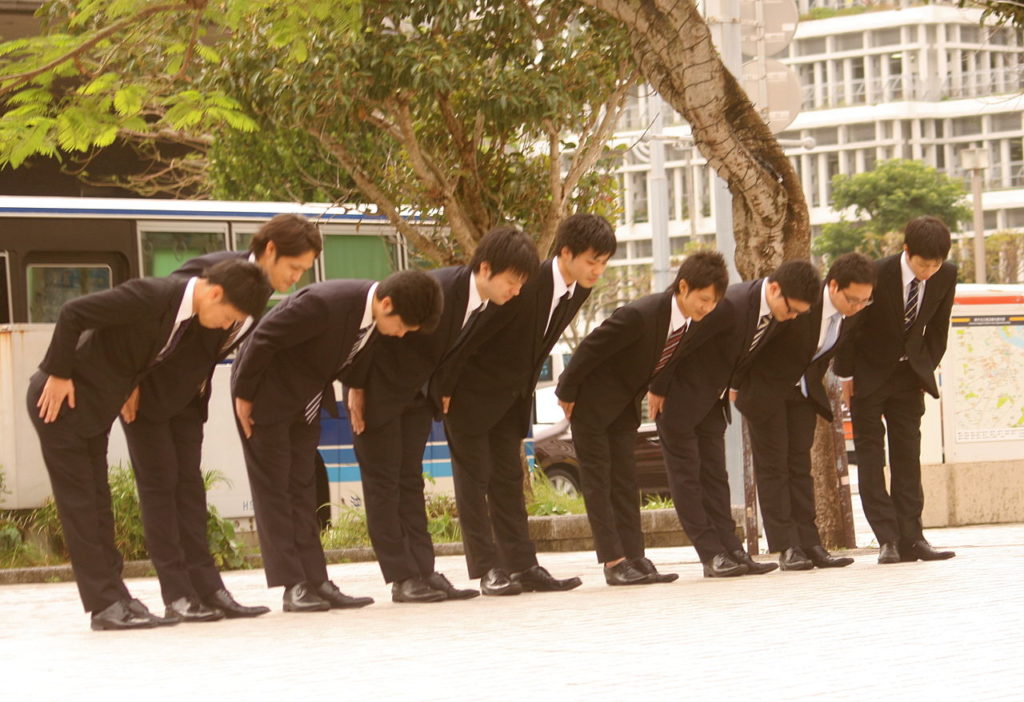Traveling in a country where you cannot speak or read the language can be intimidating. However, picking up a few words and phrases for common situations can help a lot! You can prepare for your trip to Korea by planning ahead for occurrences that most tourists go through.
Annyeonghaseyo (안녕하세요)
Even if you remember nothing else, you should remember this word. Annyeonghaseyo means “hello” in Korean and is the most basic greeting. Typically, saying hello is coupled with a bow to show respect. Koreans will appreciate a foreigner’s attempt to speak their language so this should always be a good place to start.
Kamsahamnida (감사합니다)
One of the most important words in any language is “thank you”. Showing gratitude to others is a sign of respect especially if you are in need of help. Kamsahamnida is the most common formal way to say “thank you” but an alternative is Gomapsumnida (고맙습니다). There are also casual forms but these two will probably be the most useful while traveling in Korea.
Chogiyo (저기요)
This phrase will be useful for whenever you need help in Korea. It means “excuse me” in the context of getting someone’s attention and can be used when approaching strangers or service staff.
Juseyo (주세요)
When ordering food or purchasing anything, you can say what you’re looking for followed by Juseyo to ask “can I have this please”? For example, if you would like more water during a meal, you can say Mul Juseyo which means “water, please”. Please note that Juseyo is mainly used in the context of asking for physical items so if you were to ask for someone to do something for you like carrying a bag, Juseyo would not be used.
Mianhamnida (미안합니다)
Apologizing is a good way to avoid conflict when traveling abroad. If you make a mistake or bump into someone, you can say Mianhamnida to say “sorry”. Another way to indicate you mean “excuse me” in an apologetic manner is by bowing if you were to bump into someone or a similar minor issue.

Eolma aeyo (얼마예요)
Koreans use multiple numeral systems and different increments past the thousands mark so learning all the ways Korean use numbers would be difficult. However, you can always have pen and paper handy for when you need to communicate prices or counts of things. One useful phrase for shopping or eating out is Eolma aeyo which means “how much is it”? This is a polite form of the question so don’t feel bad for asking when you’re out in areas that allow bargaining!
The Korean language is very different from English in sentence structure, phonetic sounds, and written form. However, knowing a few basics may be a huge help before you go! It’s too much to expect tourists to learn the language entirely to the places they visit but having some commonly used words is a great place to start.